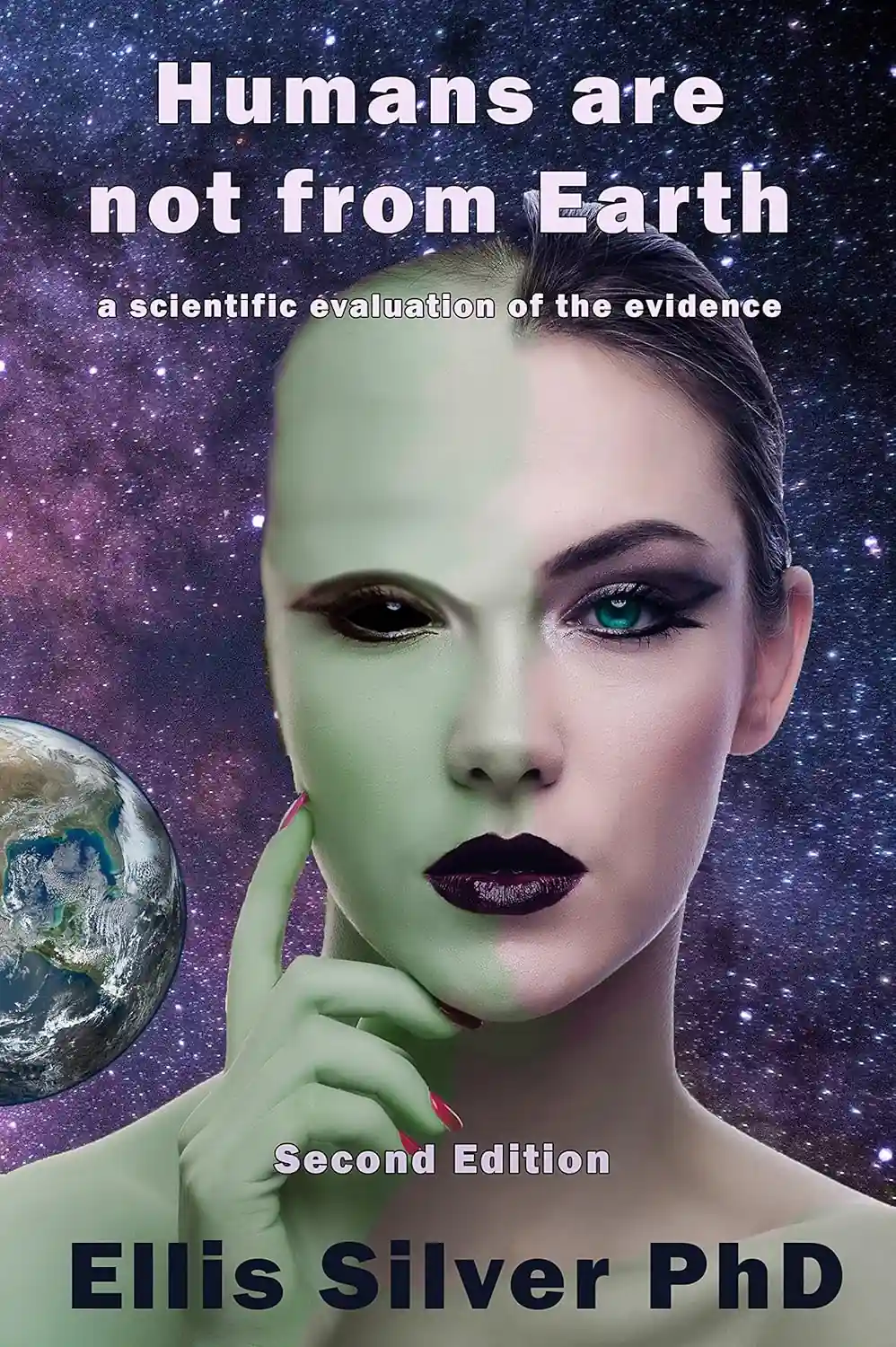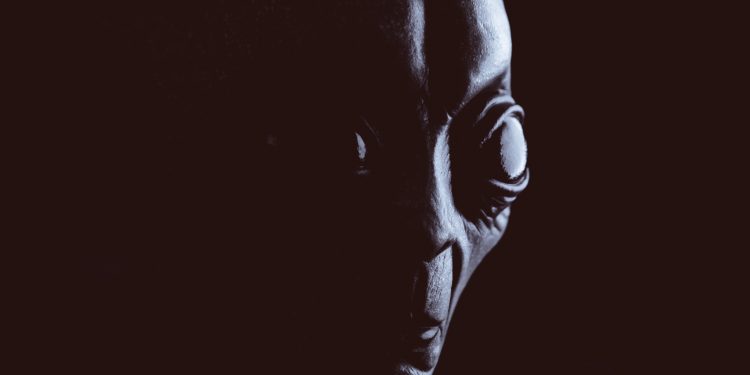What if we’re not from here at all? That’s the central question behind a provocative theory explored in a controversial book by American ecologist Dr. Ellis Silver. Titled Humans Are Not From Earth: A Scientific Evaluation of the Evidence, the book challenges mainstream assumptions about human evolution and proposes something bold: that the human species may have originated on another planet—and was brought to Earth in the distant past.
So… are humans from Earth?

Humans are not from Earth: claims controversial book
Despite major advances in evolutionary biology, astrophysics, and genetics, there’s still no universally accepted explanation for how life began on Earth. Some researchers believe amino acids—the building blocks of life—arrived via comets or meteorites, kickstarting life in Earth’s early oceans. Others argue life may have formed independently under the right chemical conditions.
But Dr. Silver goes a step further. He suggests that humans, specifically, may not have evolved alongside other life forms on Earth. Instead, we may have been introduced to this planet—fully formed—tens of thousands of years ago.
The case for human origins beyond Earth
In his book, Dr. Silver outlines five core arguments:
-
Fifty-three biological and psychological factors suggesting humans didn’t evolve naturally on Earth
-
The idea that Earth was chosen for colonization, not origin
-
A description of a possible home world better suited to human biology
-
The suggestion of suppression and denial by scientific and governmental bodies
-
A reevaluation of evidence around extraterrestrial contact
His claims are grounded in comparisons between humans and other animals. For instance, Silver points to back pain as evidence that humans were not designed for Earth’s gravity. He also notes that our skin is unusually vulnerable to sunlight, and that many people have food intolerances to natural, raw materials—unlike most animals.
He also highlights a curious detail: humans have 223 genes that don’t appear in any other species on Earth, a genetic anomaly that continues to puzzle researchers.
The body clock argument
One of the book’s more subtle claims relates to circadian rhythms. According to sleep studies, human internal clocks naturally run closer to 25 hours, not Earth’s 24-hour cycle. Silver interprets this as a possible sign that our species evolved on a planet with slightly longer days.
He also argues that nearly all humans suffer from some chronic condition—back issues, fatigue, skin sensitivities, autoimmune problems—and suggests these health challenges might stem from the fact that we’re not fully adapted to this planet’s environment.
“We are all chronically ill,” Silver writes. “If you can find a single person who is 100% fit and healthy and not suffering from some condition or disorder, I would be amazed. I have not been able to find anyone.”
If not Earth—then where?
While the book does not claim to have definitive proof, Silver speculates that if we’re not from Earth, Alpha Centauri—the nearest star system to the Sun—might be a candidate for our origin. He doesn’t argue for alien abductions or spaceships, but instead suggests a scenario in which fully evolved Homo sapiens were transported to Earth between 60,000 and 200,000 years ago.
This concept, known as directed panspermia, is sometimes discussed in academic circles as a theoretical possibility. It proposes that life—whether microbial or intelligent—could be spread across the cosmos intentionally by advanced civilizations.
To be clear, Dr. Silver’s ideas have been widely criticized and dismissed by the scientific establishment. His book doesn’t offer peer-reviewed evidence or genetic proof that humans were seeded on Earth from another planet. Instead, it leans on physiological and behavioral patterns as circumstantial indicators.
Still, it taps into a deeper question that continues to fascinate scientists and the public alike: where did we come from, and why are we here?
Even mainstream research supports the idea that amino acids could have reached Earth from space, and studies at the Lawrence Livermore National Laboratory suggest that meteor impacts could deliver the ingredients for life. If life’s building blocks came from beyond Earth, could complex life have done the same?
A theory too strange to ignore?
While Humans Are Not From Earth won’t change scientific consensus, it does succeed at something else—it sparks discussion. And in a world where we still don’t fully understand our evolutionary path, perhaps a little creative discomfort is exactly what we need.
Whether you see it as pseudoscience or a provocative thought experiment, Silver’s book adds a new perspective to the age-old question: are we really from here? Or are we just passing through?











